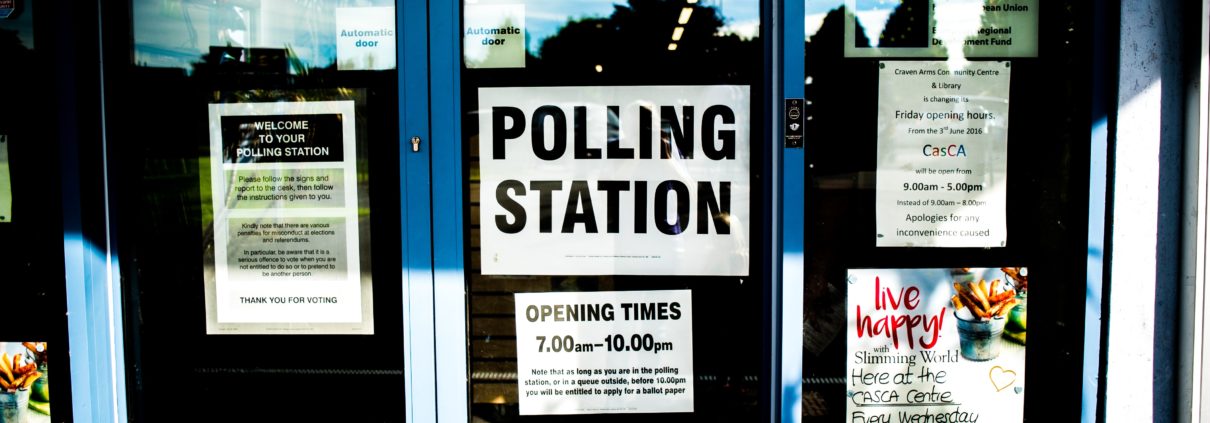B²: Do It For America
After Donald Trump’s victory early Wednesday morning, it became very clear that sore losers across the country were not going down without a fight.
#NotMyPresident began trending on social media, American flags were lit on fire on college campuses, and anti-Trump graffiti defaced historic monuments like “The Thinker” in Philly. And in less dramatic, but just as poignant protest, social media accounts of friends were ripe with disappointment, anger, and even hatred towards the President-Elect and the millions of Americans who demanded their voice be heard.
Our country needs to chill out, whether it wants to or not. The people voted and it wasn’t even close. Let’s respect the process.
How can you, regardless of who you voted for, take a cue from Trump’s, Clinton’s, and Obama’s speeches that it’s time to heal, unite, and move forward?
If you haven’t already, you’re sure to be asked, “What do you think about Trump being president?” Whether you’re a fan, a protestor, or someone who simply relishes the end to 596 days of campaigning, there is a right way to answer. With grace.
Thankfully it’s Tuesday, B² day.
Here is this week’s likely question and the B² (block and bridge) that sets the narrative straight:
If you supported Donald Trump:
Q: “What do you think about Trump being president?”
B²: “I’m thrilled that the American people stood up to politicians who promise one thing and do another, but I also know the we must hold Trump accountable to the promises he made lest he fall into the same camp. For example, <insert talking point>.”
If you didn’t support Donald Trump:
Q: “What do you think about Trump being president?”
B²: “While he wasn’t my choice, I’m glad the American people are fed up with politicians who promise one thing and do another. But now it’s time to <insert talking point>.”
Wherever you take the conversation next, it’s important to stand firm, even if expressing an unpopular opinion. Just remember that discernment and kindness go a long way when sharing and listening. It was a tough election with unpopular choices. Though it might be tempting to disparage someone for their vote, don’t. Instead, look forward to healing the divide. The common ground we can all find and occupy? The election is over (yay!).


